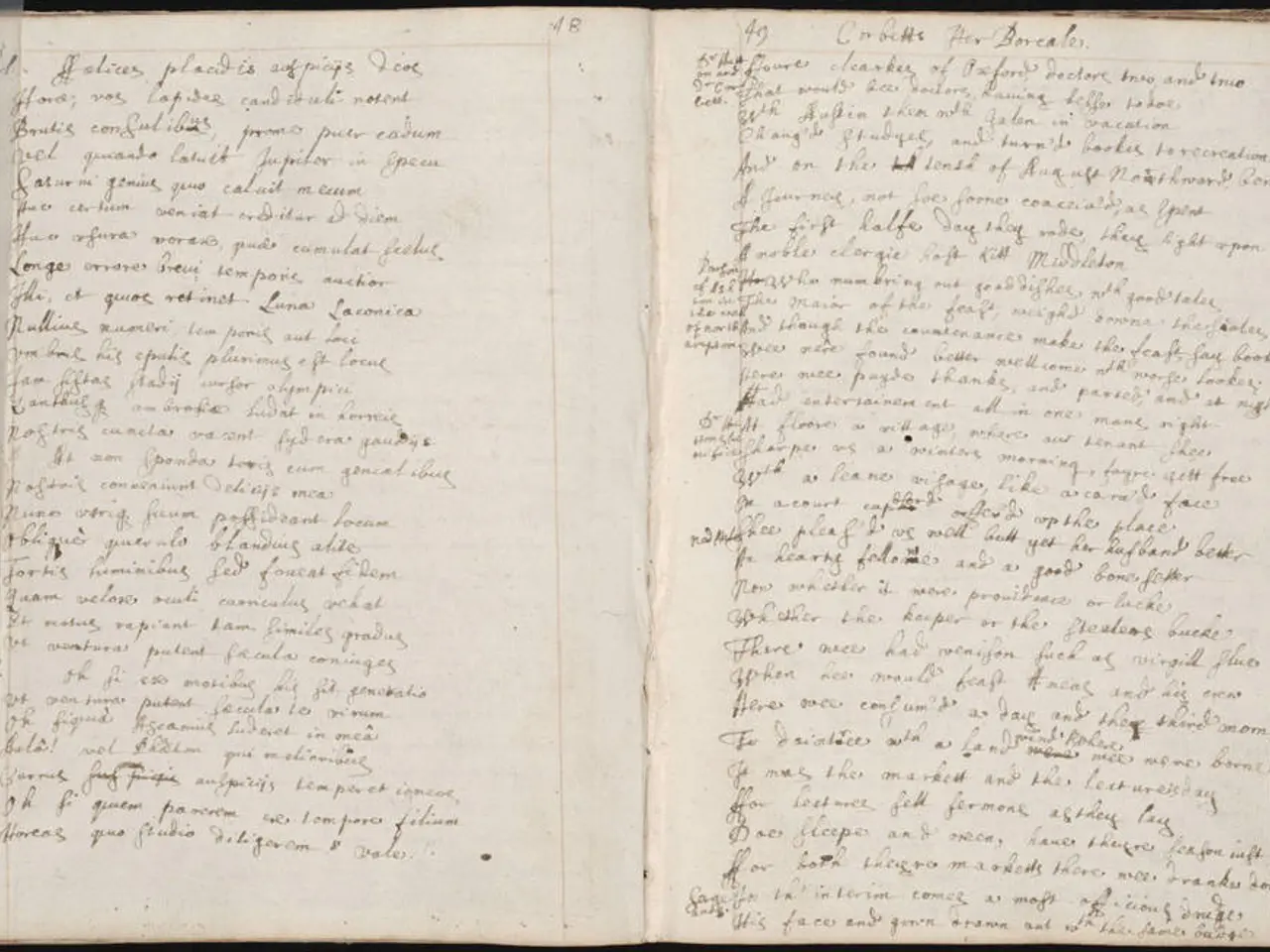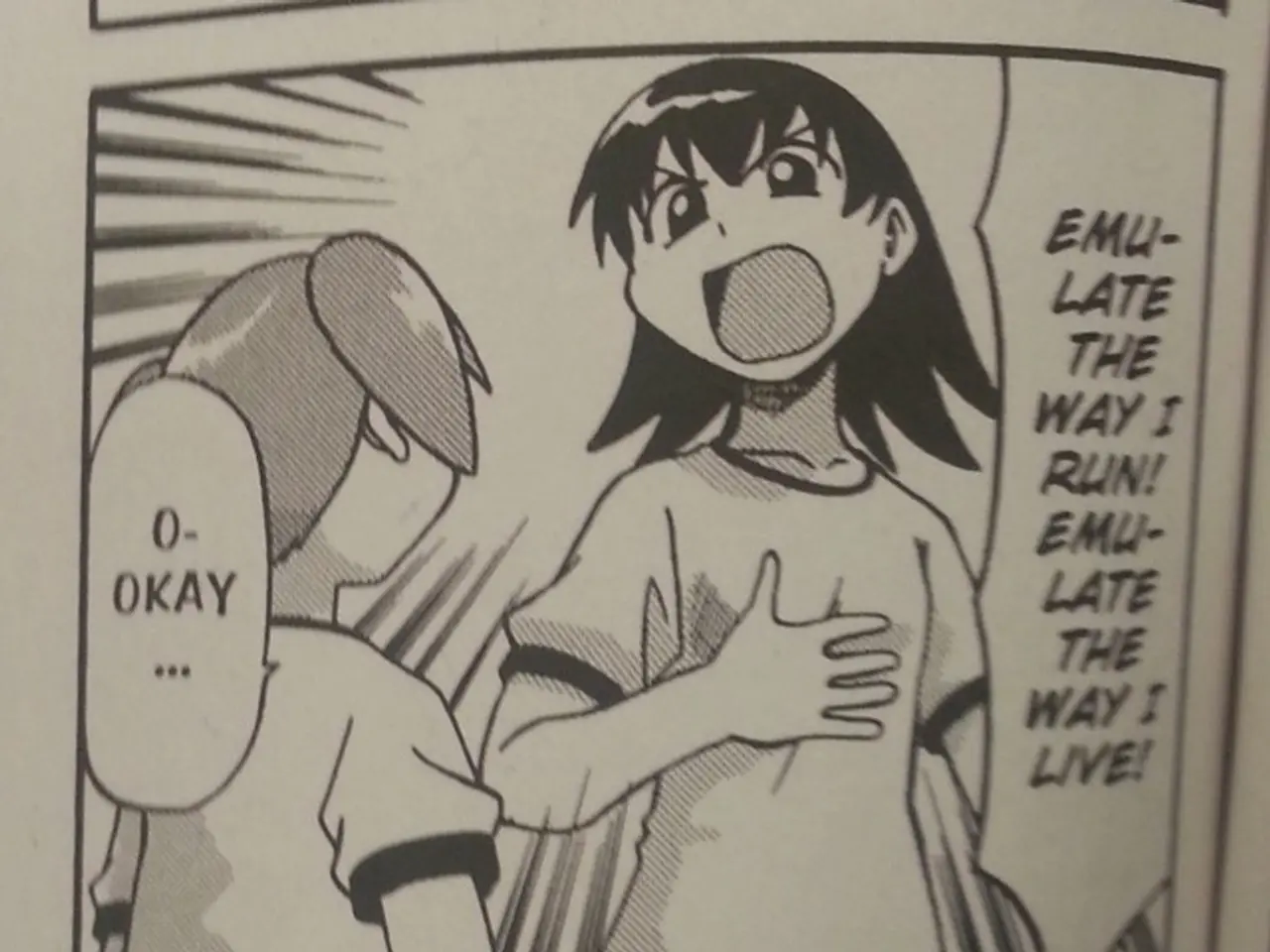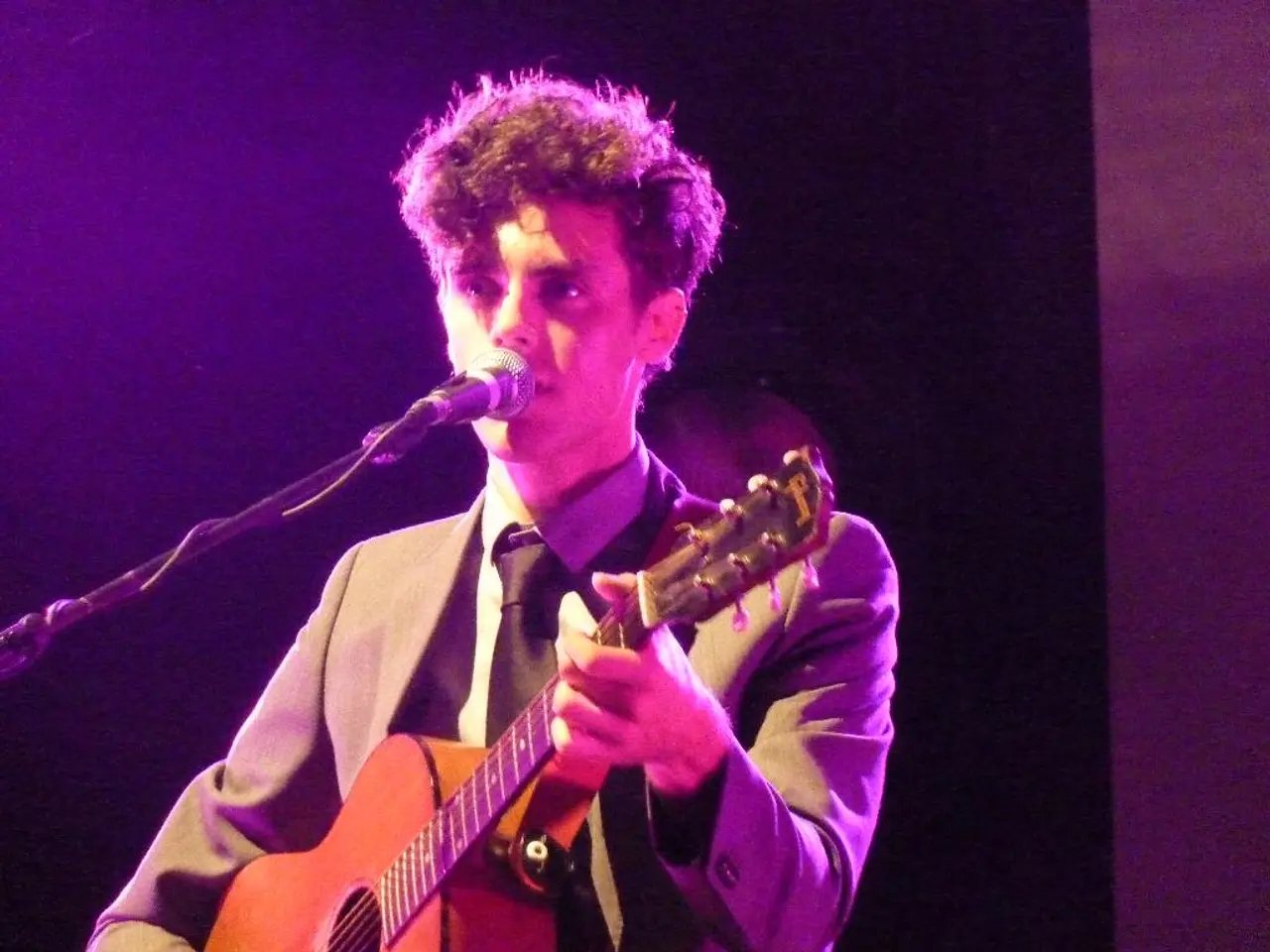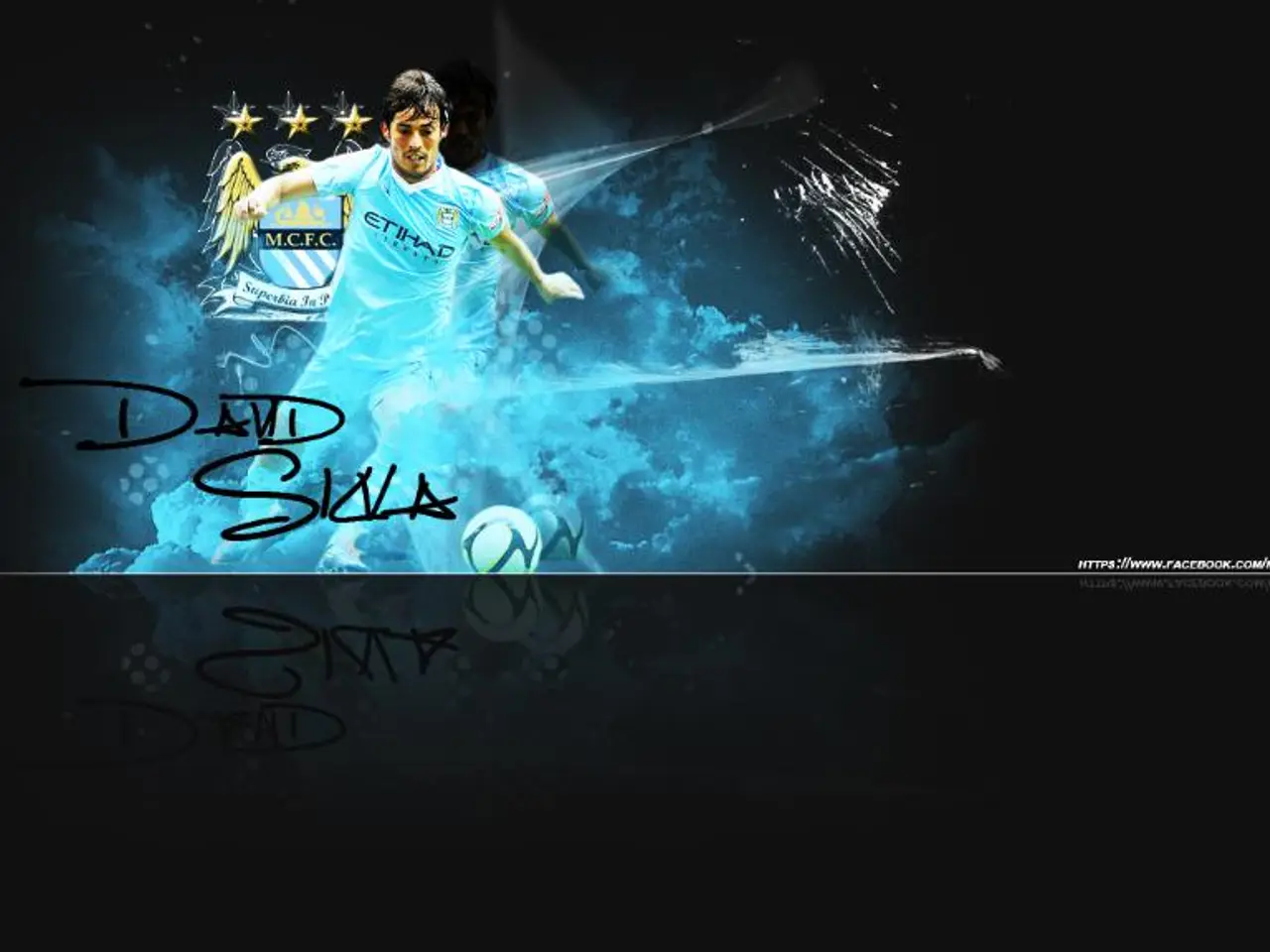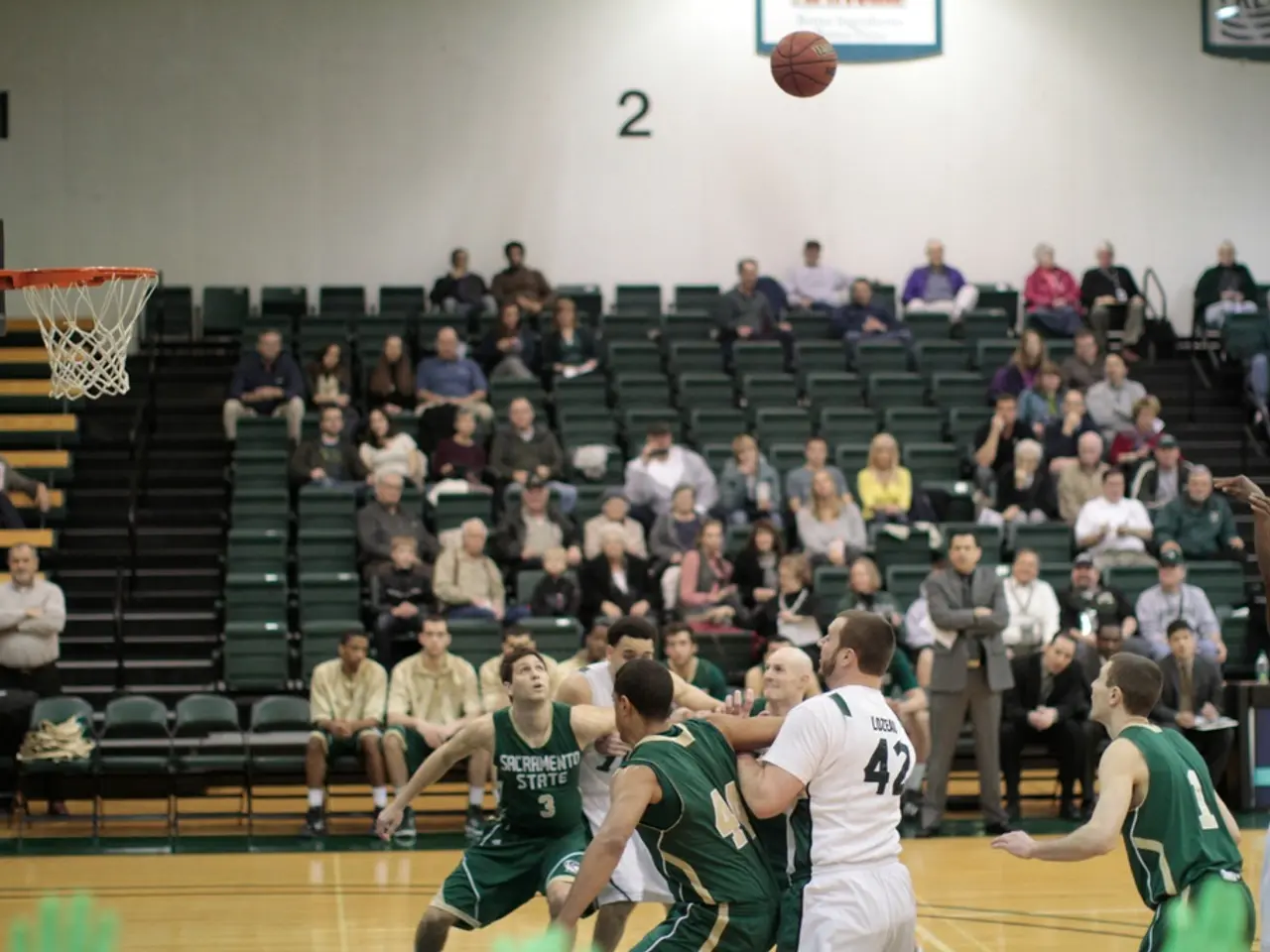The Irony of Circumstances Can Provoke Humor, Sadness, or Fear
=========================================================================
Irony, a versatile literary device, can be found in various forms, enriching narratives and adding depth to both literature and real-life experiences. In this article, we will explore three main types of irony: situational, verbal, and dramatic irony.
Situational Irony
Situational irony occurs when there is a discrepancy between what is expected to happen and what actually happens. It often involves a twist or unexpected outcome that contrasts with the anticipated result. Examples of situational irony in literature include a character who expects a massive inheritance learning they died broke, or a long-honored tradition in romantic comedy where two characters who appear to be the exact opposite in terms of temperament eventually fall in love. Everyday examples of situational irony include a fire station burning down, a fitness guru dying of heart disease, and a professional gambler losing all his money on a simple coin toss.
Verbal Irony
Verbal irony involves using words to convey a meaning that is opposite of their literal definition. It is often used in speech to convey sarcasm, understatement, or overstatement. For instance, saying "What a beautiful day!" on a rainy day, or saying "Great job!" when someone has made a mistake, are examples of verbal irony.
Dramatic Irony
Dramatic irony occurs when the audience or reader has knowledge that the characters in the story do not possess. This can create suspense or tragic situations, as the audience can anticipate the consequences of the characters' actions. An example of dramatic irony can be found in William Shakespeare's Romeo and Juliet, where the audience knows Juliet is alive after drinking a potion, but Romeo believes she is dead and acts accordingly.
Key Differences
- Situational vs. Verbal Irony: Situational irony involves unexpected events, while verbal irony involves the use of words with opposite meanings.
- Situational vs. Dramatic Irony: Situational irony involves learning about events as they unfold, often with the characters. Dramatic irony involves the audience having prior knowledge that characters do not possess.
- Real-Life vs. Literature: In both real life and literature, situational irony can be observed in unexpected events (e.g., a fire station catching fire). In literature, dramatic irony is often used for dramatic effect, while in real life, it is less common due to the lack of a predefined narrative structure.
In conclusion, situational irony focuses on unexpected outcomes, verbal irony on the use of words with opposite meanings, and dramatic irony on the disparity between audience and character knowledge. These forms of irony enrich both literature and real-life experiences by adding complexity and depth to narratives.
For instance, "The Story of an Hour" by Kate Chopin presents situational irony where a wife feels newfound freedom upon being informed of her husband's death, only to die from a heart attack when he returns home alive. This example illustrates how situational irony can be used to create unexpected twists and keep readers engaged.
Understanding the differences between these types of irony is essential for analyzing literature and real-life situations. By recognising these literary devices, readers can appreciate the complexity and depth that authors add to their narratives, making for a more enjoyable and thought-provoking reading experience.
In the realm of fashion-and-beauty magazines, a stylish article might appear to showcase an exquisite lifestyle, but an unexpected twist could be found when a model, lauded for her timeless elegance, is revealed to have breast implants, thus creating a situational irony.
In the realm of literature, a book titled "Happily Ever After: A Guide to Life's Successes" might seem to promise a life filled with triumph and prosperity. However, the author, known for his rags-to-riches story, could find himself on the brink of bankruptcy, embodying a situational irony that mirrors the dynamics of his own book.
